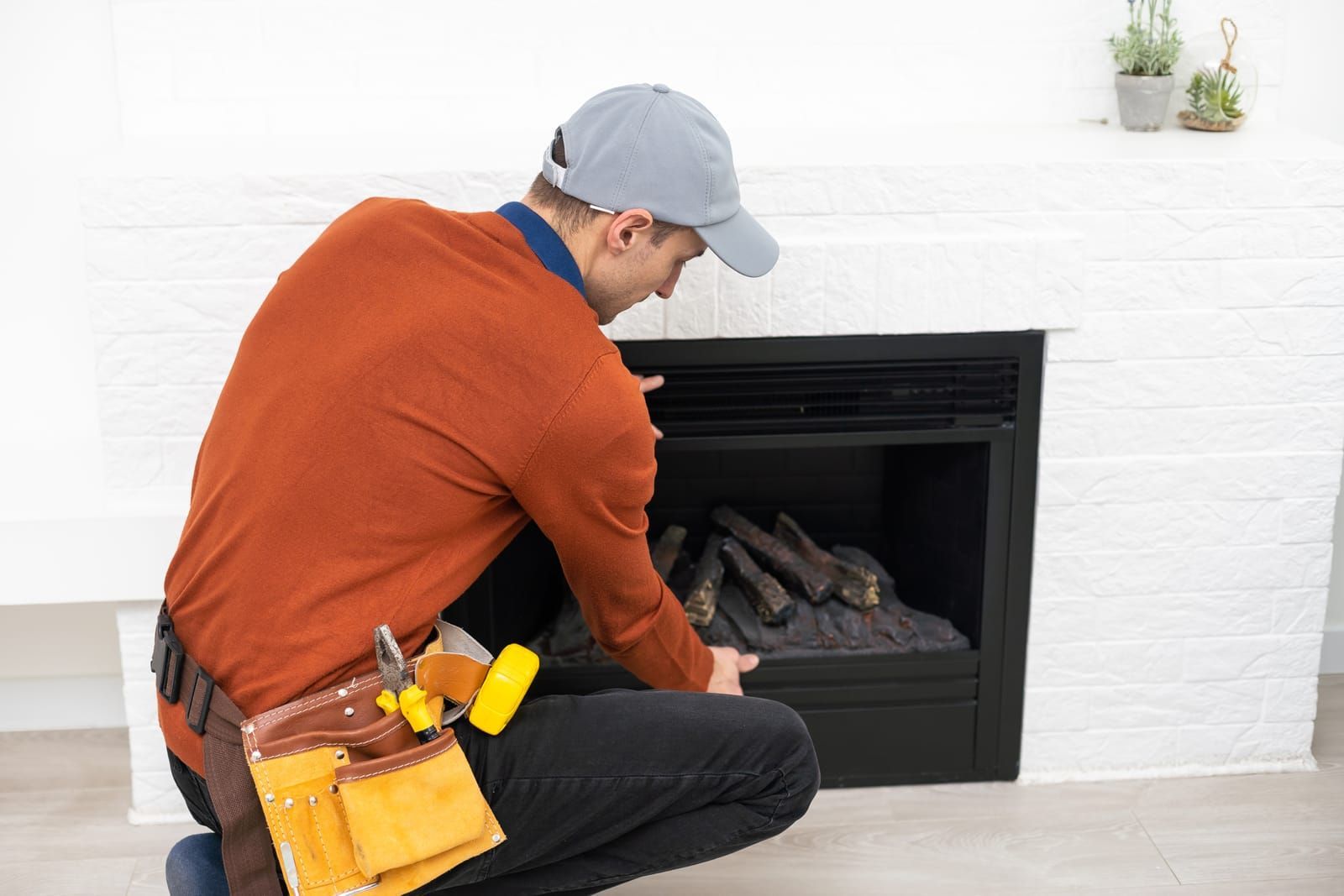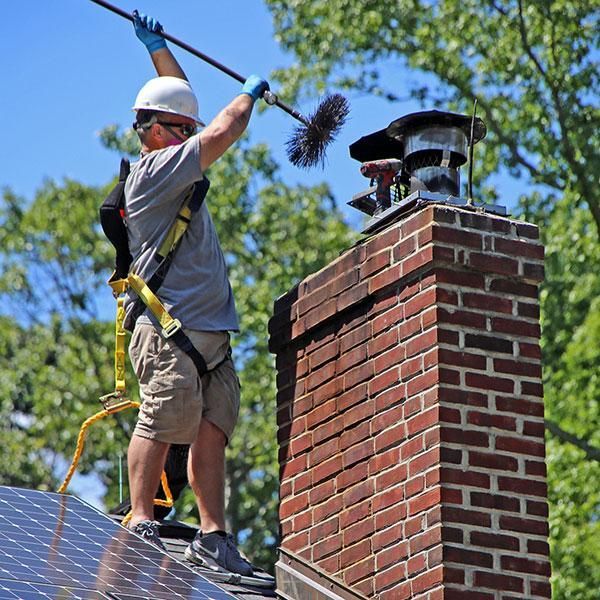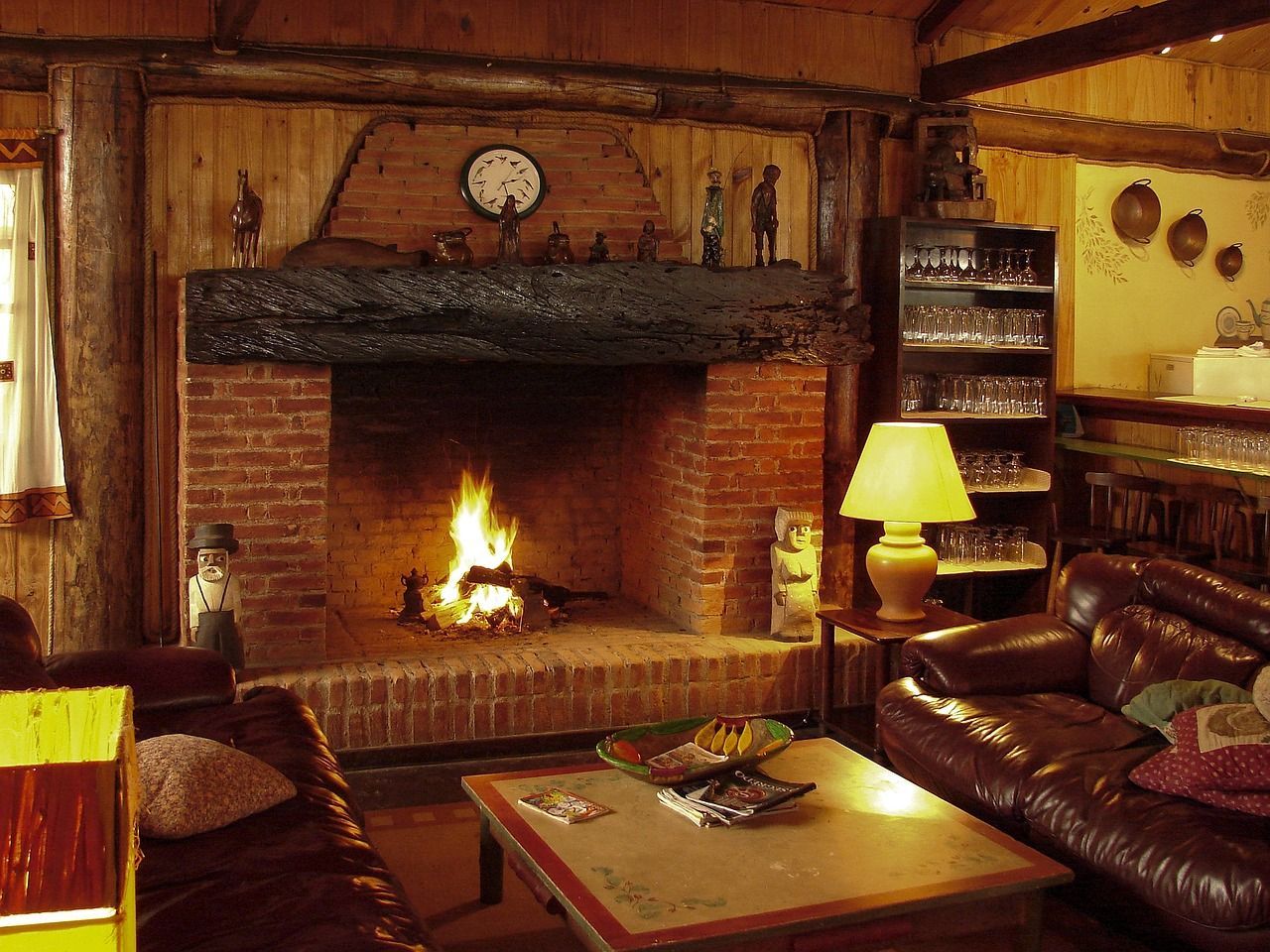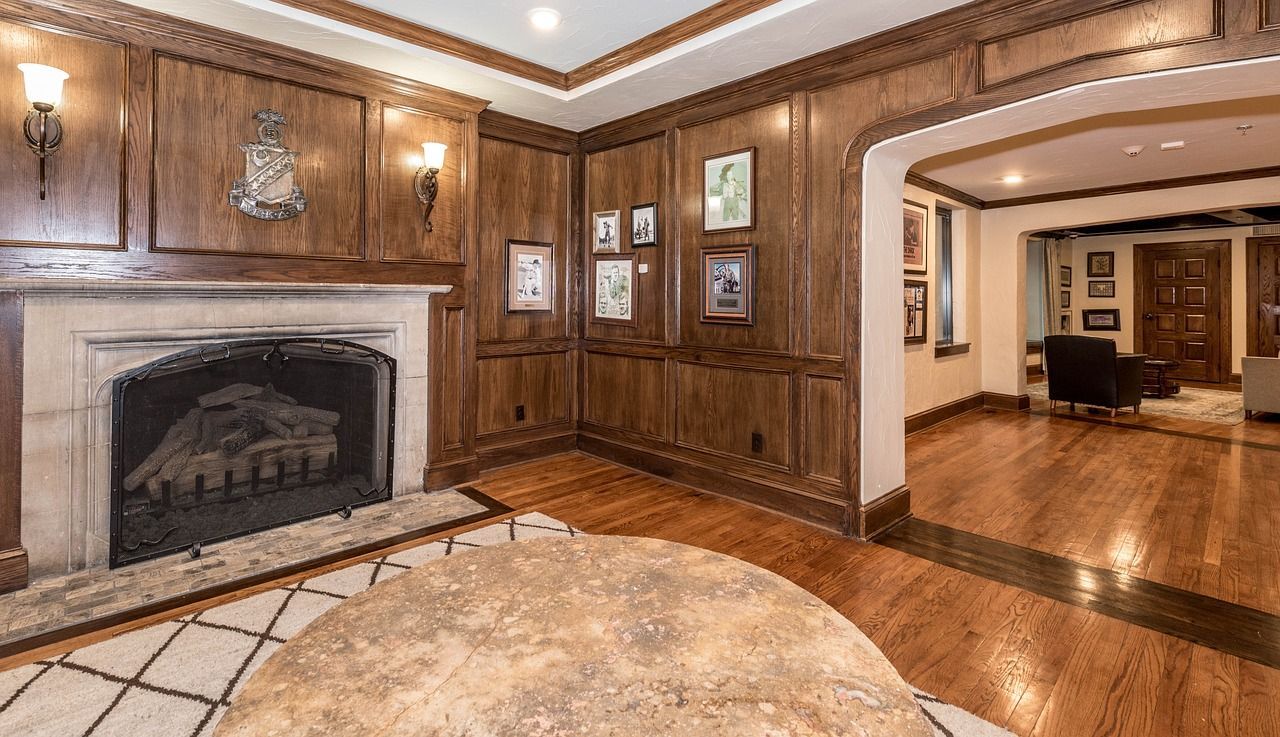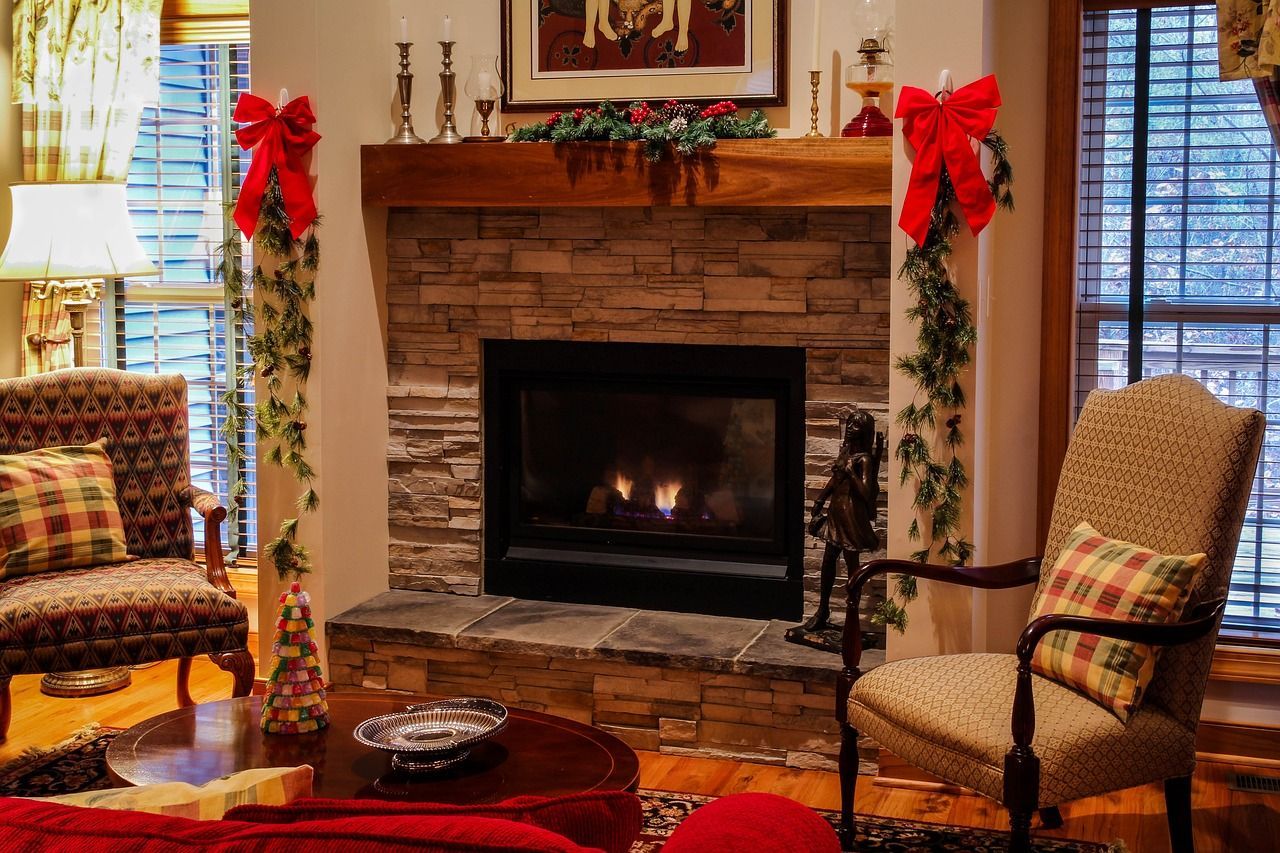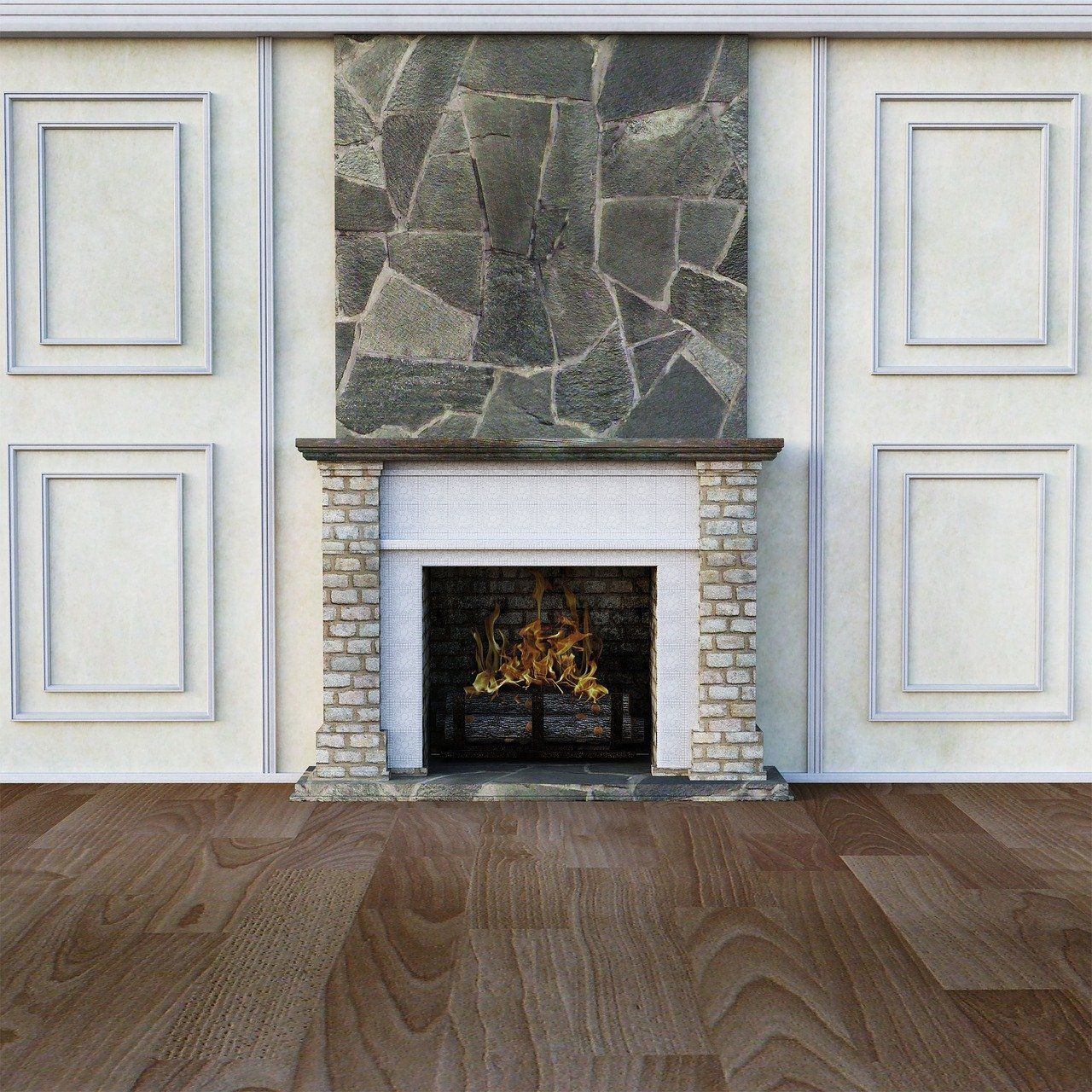Gas vs. Electric Fireplaces: A Safety Comparison by AdicPro
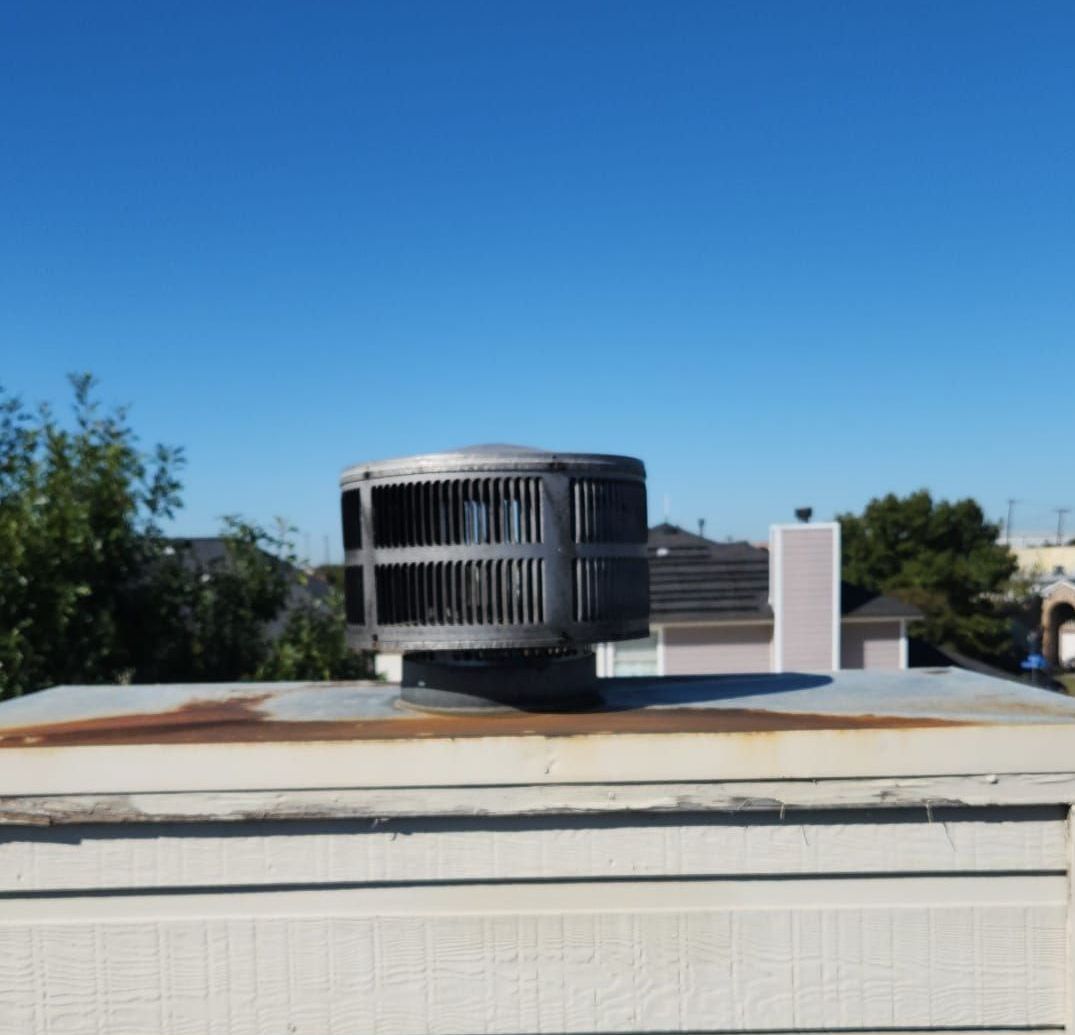
Introduction
As winter’s chill settles in, the allure of a cozy fireplace beckons. But when it comes to choosing between gas and electric fireplaces, safety is paramount. As AdicPro, your trusted fireplace experts, we delve into the safety aspects of these two popular options.
Gas Fireplaces: Real Flames, Real Considerations
The Flame Factor
Gas fireplaces, with their real flames, evoke the classic hearth experience. However, let’s address the safety concerns:
- Heat Intensity: Gas fireplaces radiate substantial heat. Their surfaces can become scorching, posing a risk, especially if you have young children or pets.
- Carbon Monoxide (CO): Although gas fireplaces are generally safe, there’s a slight risk of CO emissions. Regular maintenance and proper ventilation are crucial to mitigate this risk.
- Pilot Lights: Older gas fireplace models feature standing pilot lights that burn continuously. While convenient for immediate warmth, they consume gas even when not in use.
Electric Fireplaces: The Safer Alternative
Electric fireplaces offer a different experience:
- Flame Illusion: Electric fireplaces create the illusion of flames using flickering lights or videos. No real flames mean no fire hazard.
- Cool to the Touch: Electric fireplaces remain cool on the surface, making them safe for curious little hands.
- Zero CO Emissions: Electric fireplaces produce no CO. Breathe easy knowing your indoor air quality remains pristine.
Factors to Consider
Installation and Maintenance
- Gas: Always hire a licensed professional for gas fireplace installation. Faulty connections can lead to gas leaks or CO poisoning.
- Electric: Installation is straightforward. Plug it in, and you’re good to go. Minimal maintenance required.
Clearance Zones
- Gas: Maintain a three-foot clearance around the fireplace. Keep flammable objects away.
- Electric: Since they remain cool, electric fireplaces have more flexibility in placement.
Carbon Monoxide Detectors
- Install carbon monoxide detectors on every floor, regardless of the fireplace type.
AdicPro’s Take
Our gas fireplace model, connected to the house gas main, adheres to safety guidelines:
- Heat Output: Generates 30,000 to 40,000 BTUs—warmth without excessive heat.
- Fuel Type: Natural gas, with 1 therm consumed every 2.5 hours.
- Pilot Light: Yes, it has a standing pilot light for instant flames.
Conclusion
AdicPro recommends electric fireplaces for safety-conscious homeowners. They offer warmth, ambiance, and peace of mind. Remember, whether gas or electric, regular maintenance ensures a cozy, secure fireplace experience.
Stay warm, AdicPro enthusiasts! 🌟
